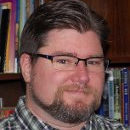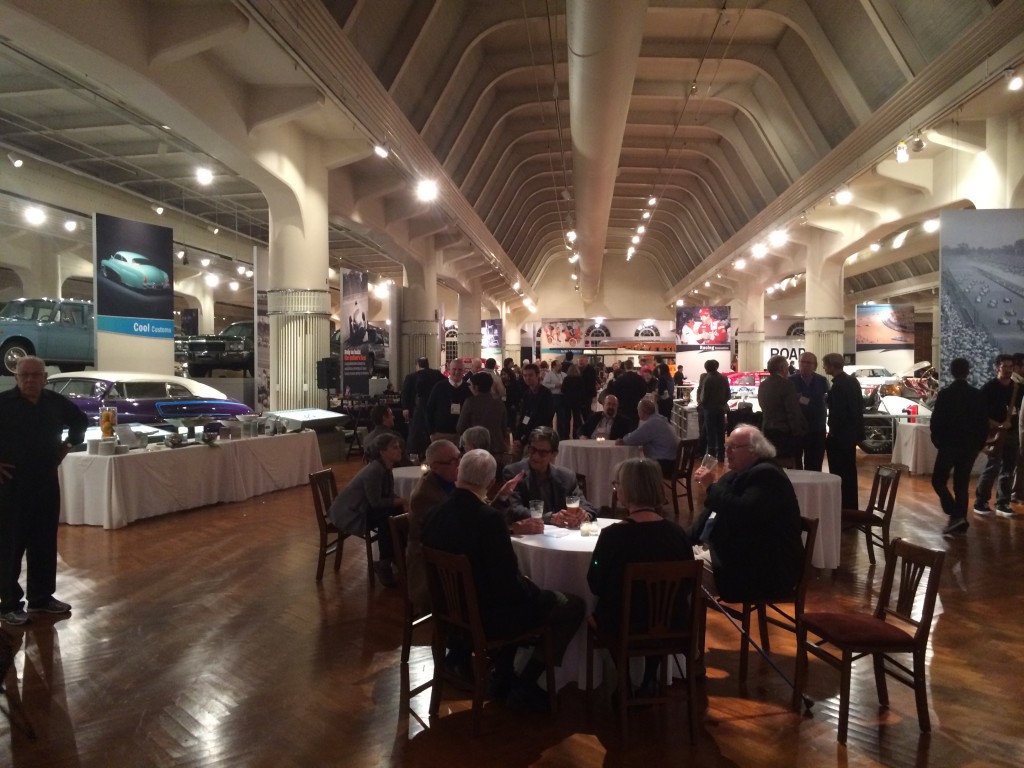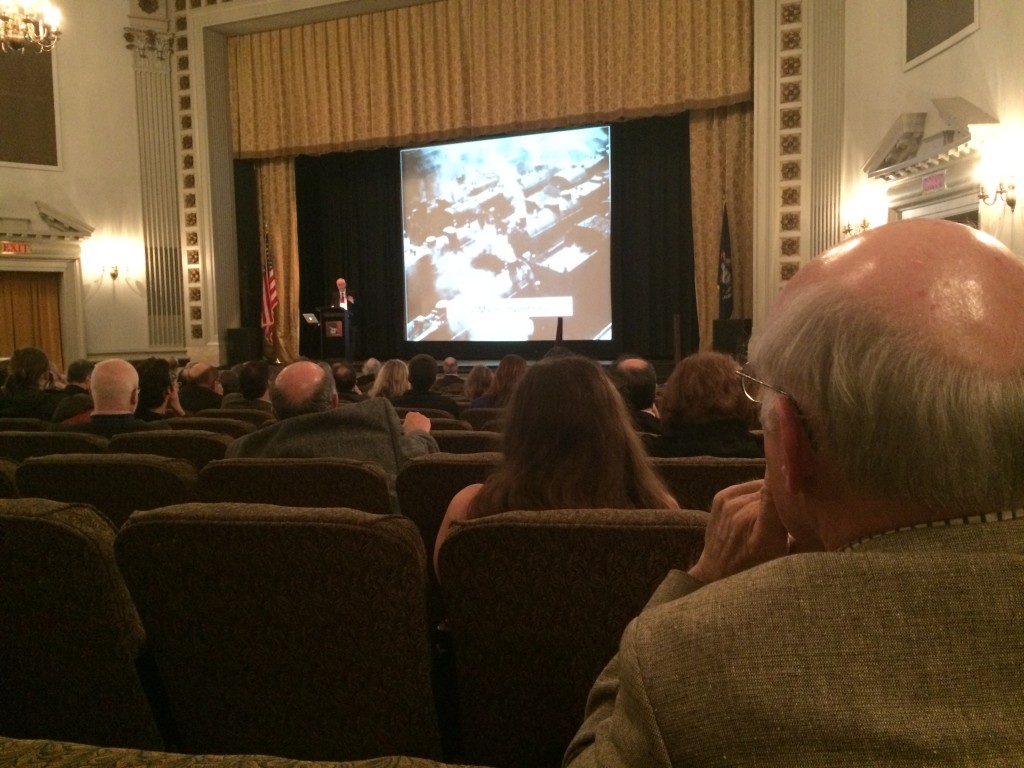Presenting at the American Council on the Teaching of Foreign Languages
The American Council on the Teaching of Foreign Languages (ACTFL) called for papers for its annual Convention last spring, and I submitted a proposal about a project my friend and former colleague, Lori Wells, and I had been working on for almost two semesters. The title of our presentation was, Le Petit Prince: A Big Idea for a Small Liberal Arts Campus.
This national conference met in San Antonio in November 2014, and when Lori, the French instructor at Schreiner University, and I received an acceptance via email, we were thrilled because our presentation would be a home game only about sixty miles from where I used to teach English and German for six years.
Lori and I launched a Big Idea on Schreiner University’s campus. We developed pedagogical concepts in our foreign language classrooms that focused on Antoine de Saint-Exupéry’s international classic, Le Petit Prince. Moreover, we organized several events in the course of one academic year that included theme-based discussion and interpretations of the book. These events, such as a Stone Soup discussion group that was linked to the university’s Writing Center and Monday Night Fiction, the book club on campus, also reached out to students who were not in our respective classes and even included community members in general. Students organized discussion panels and engaged in creative writing projects, e.g. a tri-lingual script for a class video. We also shared an international video commentary with our colleagues at ACTFL and received highly interested questions and remarks about how to launch a Big Idea project like ours on a different campus.
The conference was impressive with almost 800 presentations that ranged from teaching literature to experimental pedagogical approaches in all kinds of foreign languages. Attending and presenting at a professional conference like this is a fantastic way to network and to meet new people. I was warmly encouraged to apply for a job after discussing pedagogy with some fellow German professors and reconnected with a dear friend of mine whom I had not seen since grad school about sixteen years ago. He is now teaching German at the College of Charleston and would like to organize a panel with me for next year’s Convention in San Diego. The ACTFL Convention offered me big opportunities for collaboration and was truly inspir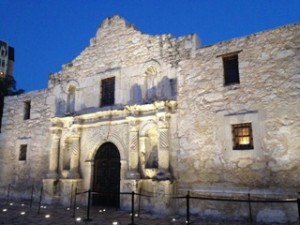
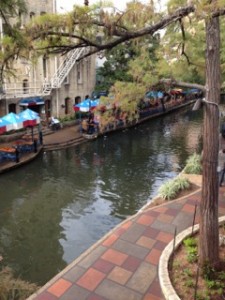
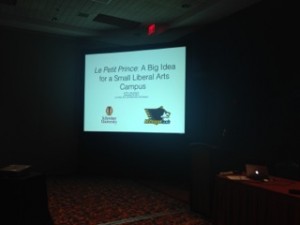
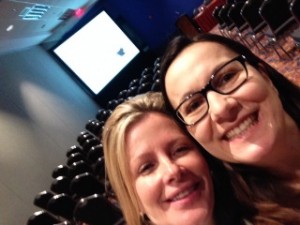 ing.
ing.
I would like to sincerely thank Michigan Tech’s Humanities Department and Student Government for supporting my project and presentation by granting me funding for this trip. I return from The Lone Star State with a slight sunburn, a mind full of academic ideas and a stomach full of the best Tex Mex food.
